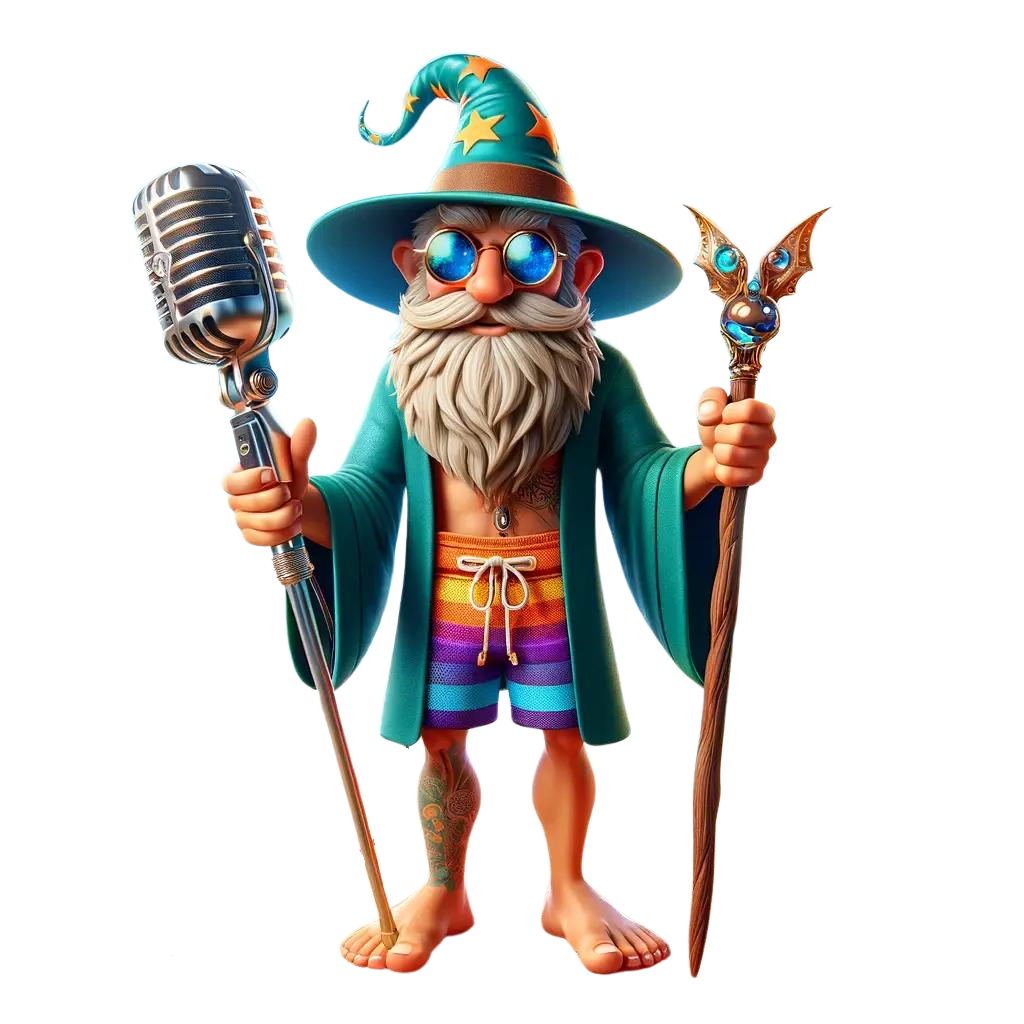Did you know that YouTube is now the number one destination for podcast consumption? Podcast listeners are flocking increasingly to YouTube. In fact, 43% of monthly podcast listeners say they went to YouTube for podcasts in the past year, as opposed to Apple (34%) or Spotify (23%). Some think that YouTube is actually on its way to becoming the next podcasting giant.
So does that mean you should start podcasting on YouTube? To help you decide, we’ve compiled the info you need to know.
What you need to know before you start podcasting on YouTube
Should You Have a Podcast on YouTube?
Why are people podcasting on YouTube in the first place? That’s the question that you’ll probably want answered before you can decide if you should or not. There are three main reasons that podcasters choose to put their show on YouTube.
Monetization
For one, there’s additional opportunity for monetization on YouTube. When you put your podcast on Spotify, Apple Podcasts, and other audio podcasting platforms, the only way to make money is by reading out sponsored ads during show breaks.
With YouTube, you can still read sponsored ads during the show… but you can also take advantage of YouTube ads. If you’ve watched many videos on YouTube lately, you know how many ads you see. When you put your podcast on YouTube, you can make money based on how many total views the ads prior to your video have.
Audience Reach
The second reason is that YouTube has far more potential for audience reach. YouTube’s audience is massive (2 billion users worldwide), giving you the opportunity to draw in listeners from a much deeper pool. Spotify, for example, only has 230 million monthly users worldwide. Plus, YouTube offers subtitles, meaning that you could even gain non-English-speaking listeners.
SEO
With the increased possibility to reach a larger audience, you can leverage the fact that YouTube is the second largest search engine on the internet. It’s likely that people are searching YouTube for the very content you are already putting out on your podcast.
Though Google has taken new strides to make podcasts content more searchable, podcast SEO is still fairly new. So when you implement good SEO (Search Engine Optimization) practices on YouTube using tools like VidIQ and TubeBuddy, you have the potential for many more listeners to discover you than through traditional podcasting platforms.
How to Start Podcasting on YouTube?
Obviously, YouTube is a video platform. Meaning that you’ll need more than the audio files you currently use for your podcast. This is both a pro and a con of putting your podcast on YouTube. The pro is that many people aren’t fans of audio-only content. For some (particularly visual learners), it can be difficult to focus on purely audio content. By uploading your podcast on YouTube, you’ll have the opportunity to reach a whole new subset of potential audience members who would have never sought out their show on Spotify or Apple Podcasts.
Of course, that means you now need video content. So how do you go about creating video content from audio?
One way to accomplish this is to record your podcast interviews. You can use tools like Squadcast, Zoom, or Skype to make recording your interviews easy. These kinds of tools are user-friendly, cheap, and allow you to capture videos you can upload on YouTube.
And, if you want to start filming video podcasts, you don’t have to spend a ton of money on video podcast equipment. This post provides a comprehensive list of the type of equipment you’ll use while recording podcast videos.
If you want to make your life even easier, here’s a little secret… you don’t actually have to film your podcast in order to start podcasting on YouTube. You can create awesome video content without ever filming a thing, just by using Wavve!
When you use Wavve, you can turn purely audio content (like your podcast) into engaging, animated videos that you can then upload to YouTube. You can add custom waveform animations, include automatically generated captions, and much more.
Do you want to use Wavve to start podcasting on YouTube?
Start creating your very first custom-branded, animated podcast video today!


